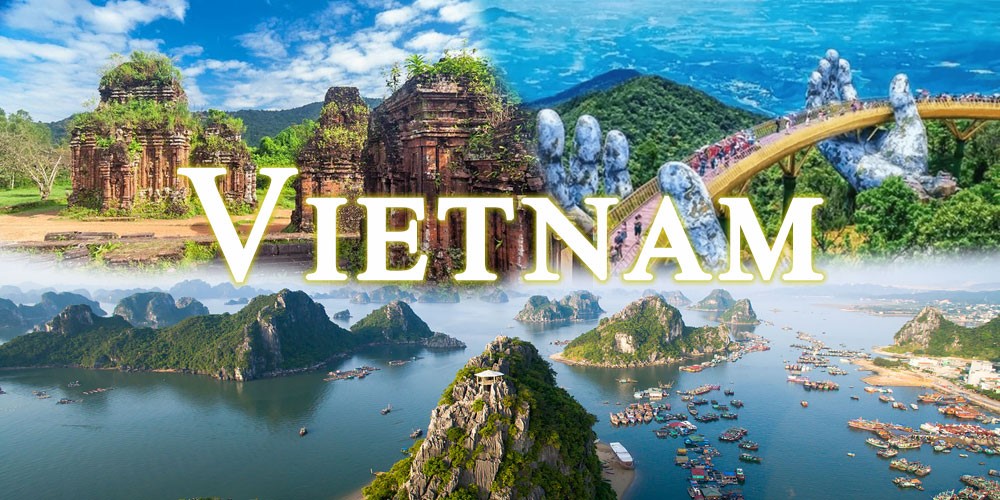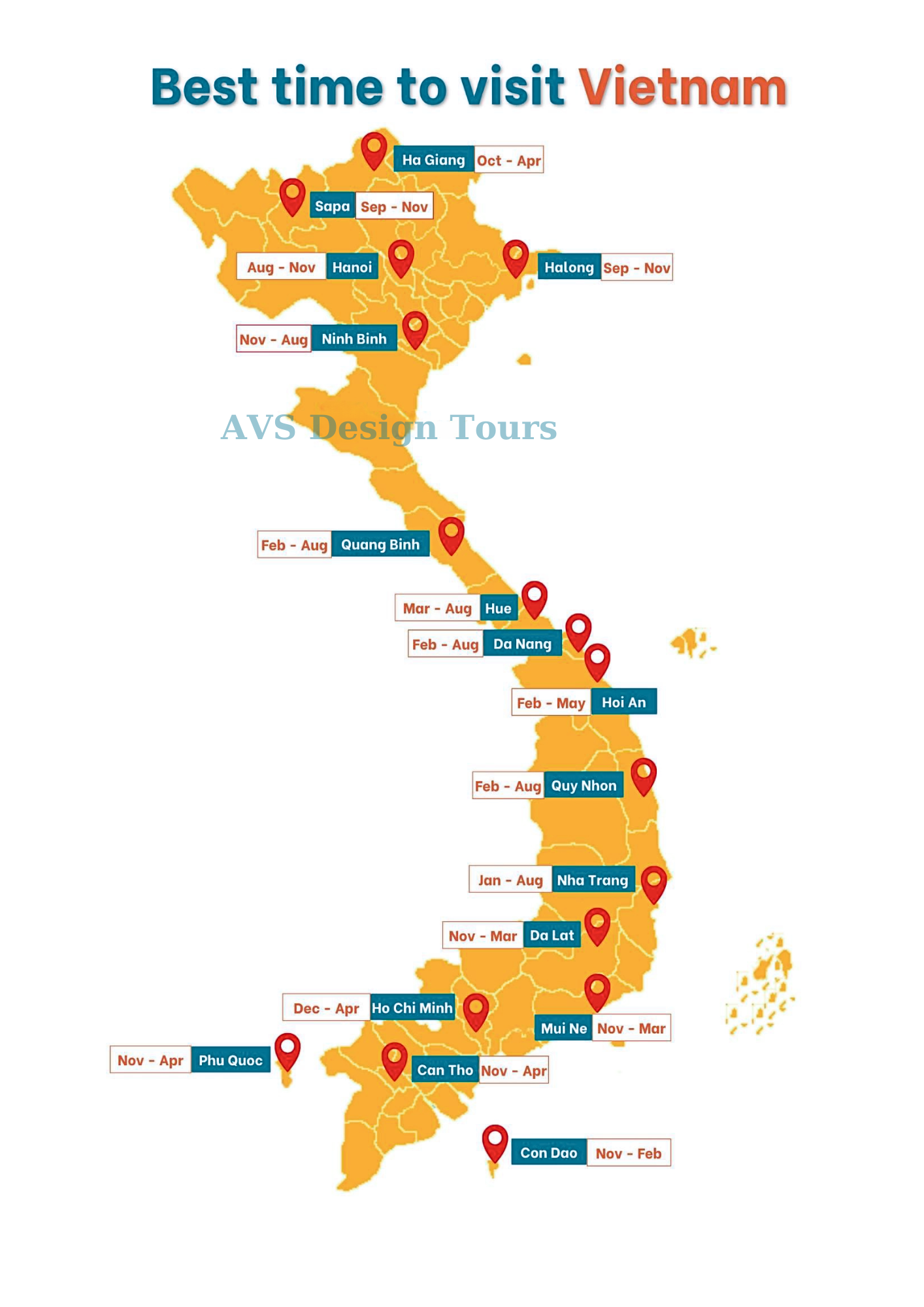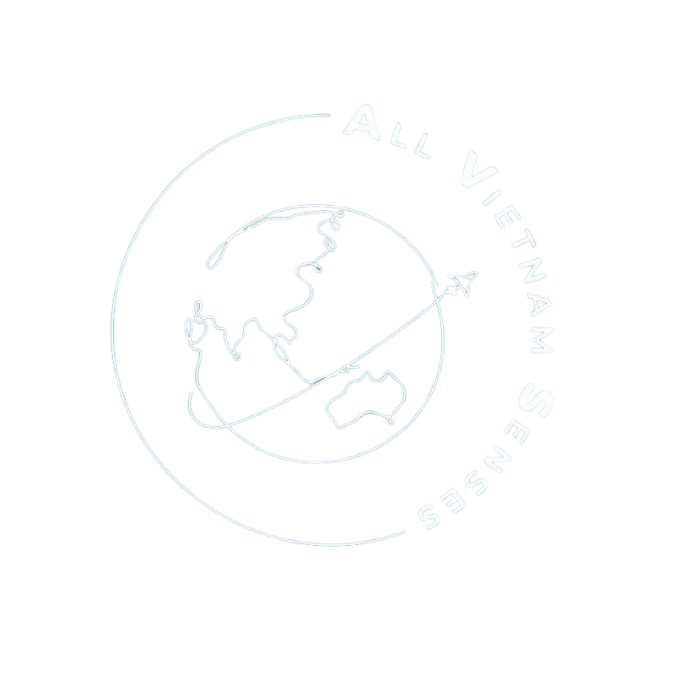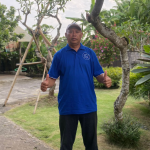Guide for a Small Group Trip to Vietnam
Planning a trip to Vietnam with a small group? You’re in for an unforgettable adventure! Vietnam is a vibrant country with a rich history, stunning landscapes, and welcoming locals. This guide will help you navigate your trip, ensuring you make the most of every moment.
Planning Your Trip
Research and Preparation
Start by doing thorough research. Vietnam offers a plethora of experiences, from bustling cities to serene countryside. Get familiar with the country’s culture, weather, and local customs. Check travel advisories and make sure your passports and visas are in order.

Choosing the Best Time to Visit
Vietnam’s climate varies from north to south. The best time to visit the northern regions like Hanoi and Ha Long Bay is from October to December, when the weather is cool and dry. The central and southern regions, including Hue, Da Nang, and Ho Chi Minh City, are best visited between January and April to avoid the rainy season.
Setting a Budget
Establishing a budget is crucial. Vietnam is generally affordable, but costs can add up, especially if you plan to visit multiple destinations. Include expenses for flights, accommodation, food, transportation, and activities. Having a well-planned budget ensures a stress-free trip.
Must-Visit Destinations
Hanoi
The capital city of Vietnam, Hanoi, is a blend of ancient history and modern charm. With its bustling streets, traditional architecture, and rich cultural heritage, Hanoi is a must-visit.
Old Quarter
Wander through the narrow, winding streets of the Old Quarter. Each street is named after the goods traditionally sold there, from silk to silver. It’s a perfect spot for shopping and experiencing local life.
Hoan Kiem Lake
A tranquil escape in the heart of the city, Hoan Kiem Lake is surrounded by legends and history. Visit Ngoc Son Temple on a small island in the lake and enjoy a peaceful walk around the water’s edge.
Ha Long Bay
A UNESCO World Heritage site, Ha Long Bay is famous for its emerald waters and thousands of limestone islands. Consider an overnight cruise to fully appreciate the bay’s beauty, including kayaking, swimming, and exploring caves.

Hue
Once the imperial capital of Vietnam, Hue is known for its historic sites, including the Imperial City, royal tombs, and pagodas. Explore the ancient citadel and immerse yourself in the history of Vietnam’s Nguyen Dynasty.
Da Nang
Da Nang offers a mix of city and beach experiences. Relax on My Khe Beach, visit the Marble Mountains, and take in the spectacular views from the Golden Bridge held by giant hands.
Hoi An
This charming ancient town is famous for its well-preserved architecture, lantern-lit streets, and vibrant culture. Don’t miss the Japanese Covered Bridge and the bustling night market.
Ho Chi Minh City
The largest city in Vietnam, Ho Chi Minh City (formerly Saigon) is a bustling metropolis with a rich history and modern attractions.
Ben Thanh Market
A must-visit for shoppers, Ben Thanh Market offers everything from souvenirs to local delicacies. It’s a great place to practice your bargaining skills and try street food.

Cu Chi Tunnels
Learn about the Vietnam War through a visit to the Cu Chi Tunnels. This extensive network of tunnels played a crucial role during the war and offers a sobering glimpse into Vietnam’s history.
Cultural Experiences
Food and Cuisine
Vietnamese cuisine is a highlight of any trip. From pho and banh mi to fresh spring rolls and bun cha, the flavors are diverse and delicious. Be sure to try street food for an authentic experience.
Festivals and Events
Vietnam celebrates numerous festivals throughout the year. The Tet Festival (Lunar New Year) is the most significant, with vibrant celebrations, traditional performances, and feasts. Other notable festivals include the Mid-Autumn Festival and the Hue Festival.
Local Traditions
Embrace local traditions by participating in a tea ceremony, learning about traditional crafts like silk weaving, or attending a water puppet show. These experiences offer deeper insights into Vietnamese culture.
Practical Tips for Small Groups
Accommodation Options
Vietnam offers a range of accommodations, from budget hostels to luxury hotels. For small groups, consider renting a villa or an apartment for more space and convenience. Check reviews and book in advance, especially during peak travel seasons.
Transportation
Getting around Vietnam is relatively easy. Options include domestic flights, trains, buses, and taxis. For short distances, consider renting bicycles or motorbikes. Apps like Grab are useful for booking rides in major cities.
Communication
English is widely spoken in tourist areas, but learning a few basic Vietnamese phrases can enhance your travel experience and help you connect with locals. Ensure you have a reliable SIM card or portable Wi-Fi for easy communication.

Conclusion
Vietnam is a country of contrasts, offering a perfect blend of history, culture, and natural beauty. Whether you’re exploring bustling cities, relaxing on pristine beaches, or delving into rich cultural experiences, a small group trip to Vietnam promises unforgettable memories. Plan well, stay flexible, and immerse yourself in all that this incredible country has to offer.
FAQs
- What is the best time of year to visit Vietnam? The best time to visit depends on the region. Generally, October to December is ideal for the north, and January to April is best for the central and southern regions.
- Do I need a visa to visit Vietnam? Most travelers need a visa to enter Vietnam. Check the specific requirements based on your nationality and apply in advance. E-visas are a convenient option for many visitors.
- What are some must-try Vietnamese dishes? Some must-try dishes include pho (noodle soup), banh mi (Vietnamese sandwich), bun cha (grilled pork with noodles), and goi cuon (fresh spring rolls).
- Is Vietnam safe for travelers? Vietnam is generally safe for travelers. However, like any destination, it’s important to stay aware of your surroundings, keep your belongings secure, and follow local advice.
- How can I travel within Vietnam? You can travel within Vietnam by plane, train, bus, or taxi. For shorter distances, renting bicycles or motorbikes is a popular option. Apps like Grab make it easy to book rides in major cities.


